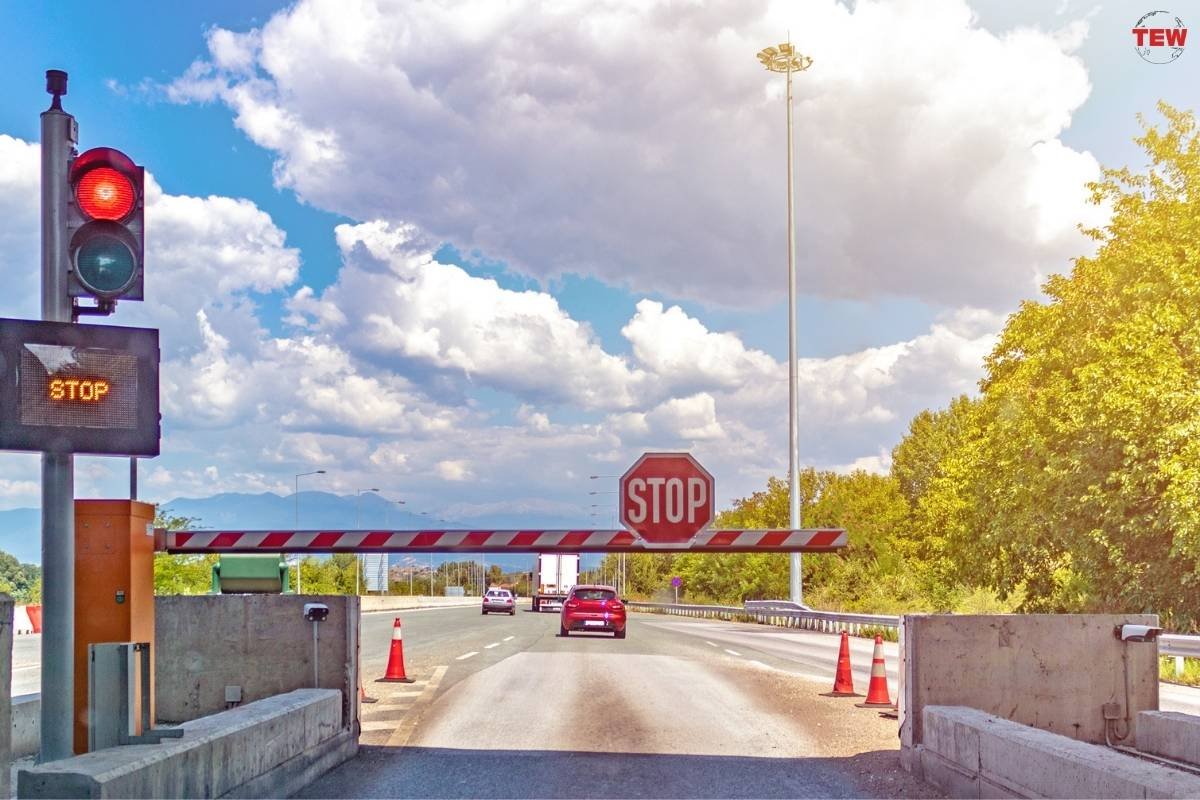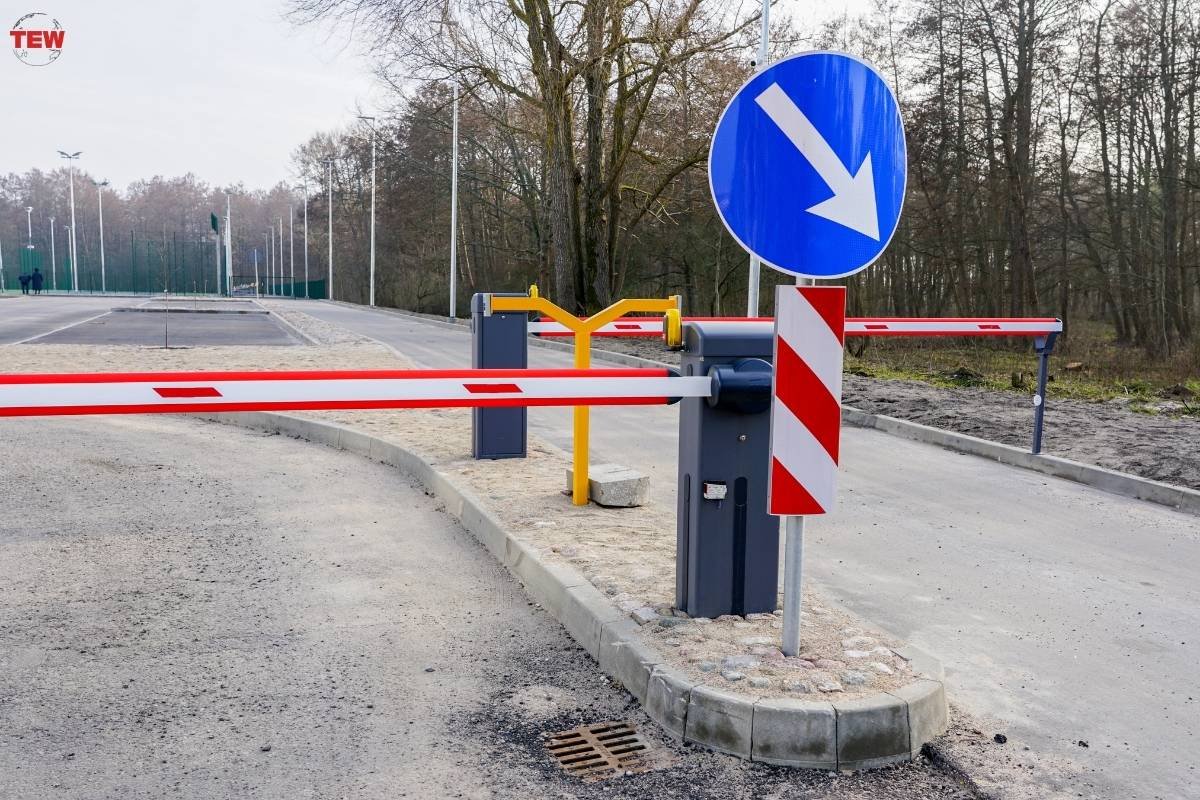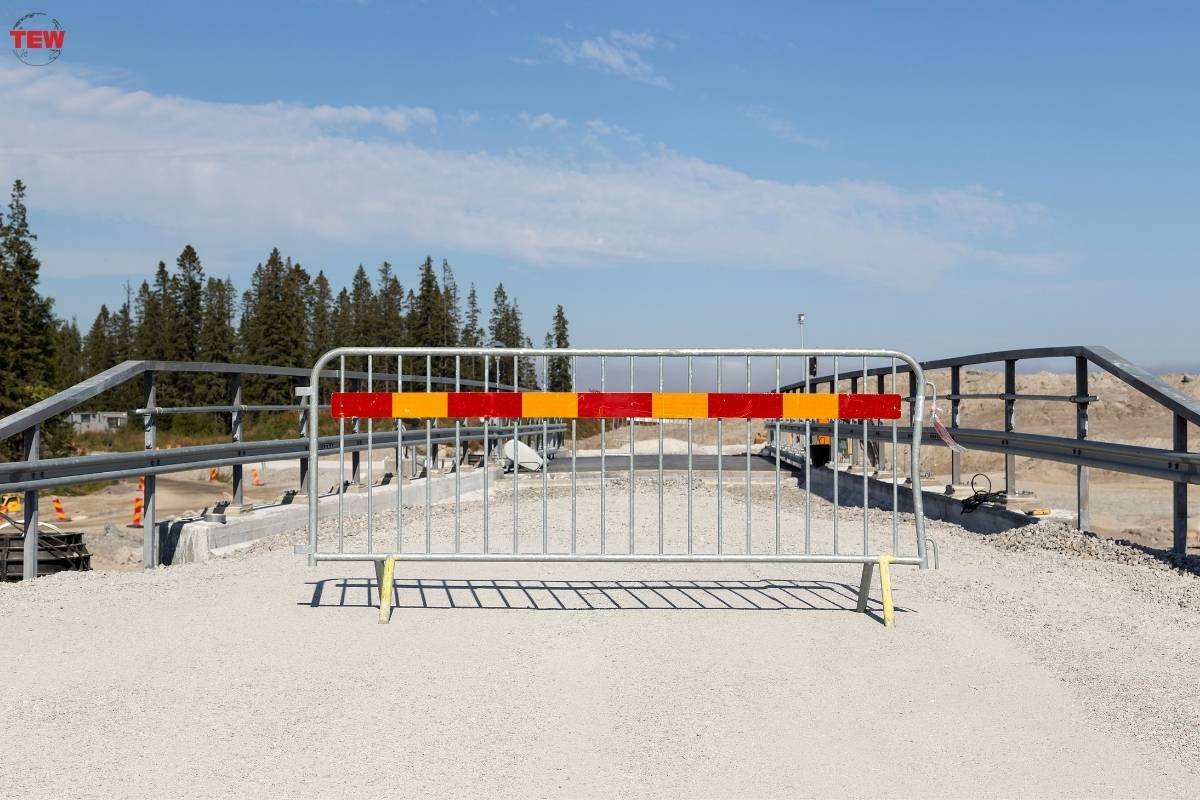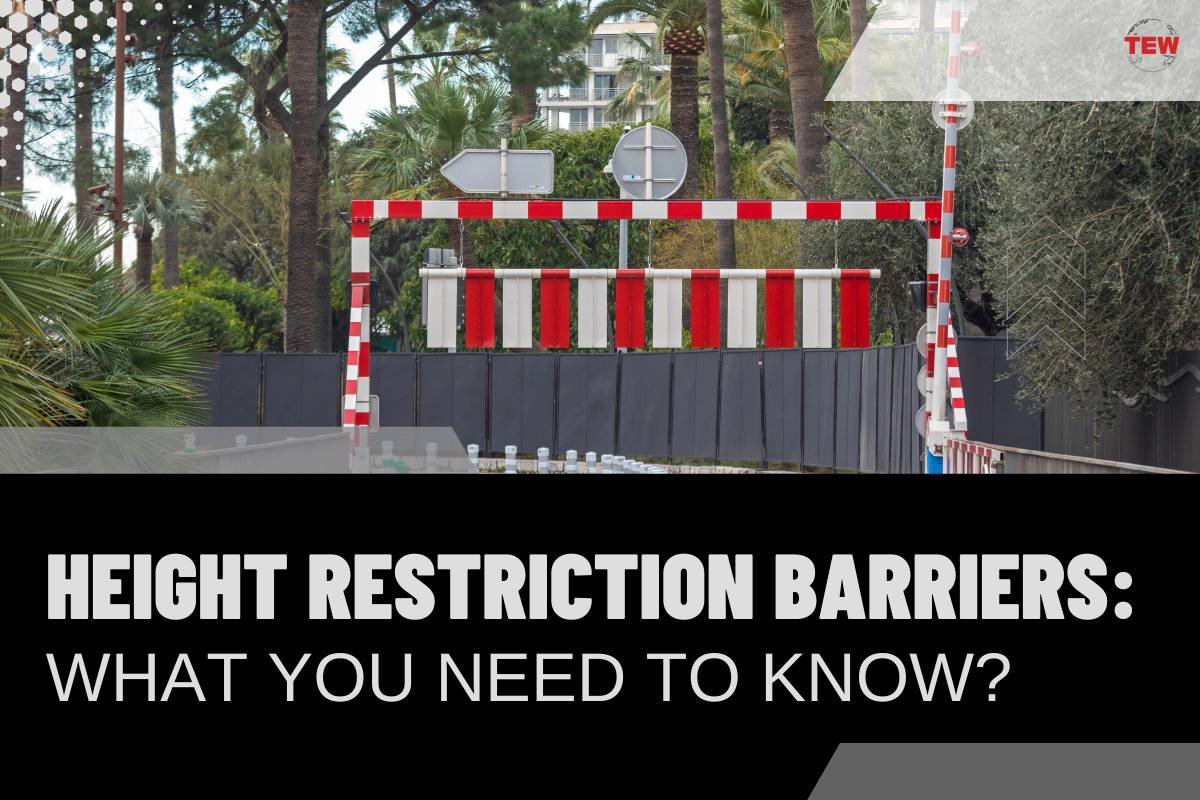Height restriction barriers are crucial when managing vehicle access and controlling traffic flow. Whether you have a residential parking lot, a commercial building, or a storage facility, these barriers are necessary to maintain security and regulate the vehicles entering your premises. This blog post will explore the importance of height restriction barriers, their benefits, and what you need to consider when implementing them.
Benefits of Height Restriction Barriers:
1. Enhancing Security:
Heavy-duty height restriction barriers are a physical deterrent against unauthorised vehicles accessing restricted areas. By restricting access to only cars under a specific height limit, these barriers significantly reduce the risk of theft, vandalism, and unwanted intrusion, and this is especially important for secured parking lots or areas with valuable assets or sensitive information at stake.
2. Preventing
Large trucks or oversized vehicles may cause damage to overhead fixtures such as ceilings, awnings, pipes, or lighting systems if they navigate spaces meant for smaller vehicles. Height restriction barriers help prevent these incidents by ensuring that only cars within the specified height limit can pass safely without risking costly damages.
3. Traffic Control:

These barriers effectively regulate traffic flow within restricted areas by imposing restrictions on vehicle height limits, and this is particularly useful in high-traffic zones like shopping centres, hospitals, airports, and warehouses where authorities need to minimise congestion for efficient operations.
Essential Factors to Consider:
1. Clearance Limit:
Determining an appropriate clearance limit is essential when installing height restriction barriers. The selected clearance should be specific enough to prevent unauthorised access from taller vehicles but not so low that it impedes regular-sized cars or causes disruption during entry and exits.
2. Proper Signage:
Having clear signage with legible and eye-catching symbols indicating the maximum allowed vehicle height is crucial for effectively enforcing the restrictions imposed by the height barrier system. These signs should be strategically placed near entrances and alongside the barrier itself to ensure motorists are aware and can easily navigate through the proper lanes.
3. Technological Integration:

To maximise the security features of height restriction barriers, consider incorporating them with access control systems. By integrating these technologies, you can implement RFID card readers or automatic number plate recognition systems to enhance monitoring and manage entry permissions efficiently.
4. Maintenance and Durability:
Investing in high-quality height restriction barriers ensures longevity and avoids frequent maintenance issues or unforeseen breakdowns. Routine inspections, timely repairs, and regular maintenance schedules should be part of your operational plan to ensure that the barriers function optimally over an extended period.
5. ADA Compliance:
When implementing height restriction barriers, it’s essential to consider compliance with regulations set by the Department of Justice’s Americans with Disabilities Act (ADA). Ensuring ease of accessibility for individuals with disabilities will require additional measures such as installing wheelchair-accessible gates or alternative methods for entry and exit.
Design and Material Options:
Height restriction barriers come in various designs and materials, allowing you to choose the option that best suits your needs. Here are a few popular choices:
1. Barriers with Adjustable Heights:
These barriers have adjustable components that allow for easy modification of the height limit as needed. This flexibility is beneficial if there are occasional requirements for access by taller vehicles or if regulations change over time.
2. Steel Barriers:
Steel height restriction barriers offer excellent durability and strength. They can withstand harsh weather conditions, high-impact force, and attempted vandalism. Additionally, you can customise steel barriers with colour coatings or reflective materials for improved visibility during nighttime or low-light conditions.
3. Aluminum Barriers:

Aluminium height restriction barriers provide a lightweight yet sturdy alternative to steel. They are corrosion-resistant and ideal for outdoor installations exposed to moisture or saltwater environments.
Conclusion:
Height restriction barriers are integral for managing vehicle access dynamics effectively. You cannot overstate their benefits in enhancing security, preventing damage, and regulating traffic flow. When implementing these barriers on your premises, consider factors such as clearance limits, proper signage, integration with access control systems, maintenance requirements, and ADA compliance. By diligently adhering to these considerations and investing in reliable barrier systems from reputable providers, you can establish an environment that prioritises safety and security and “prevents unwanted intrusion” to control traffic flow.




